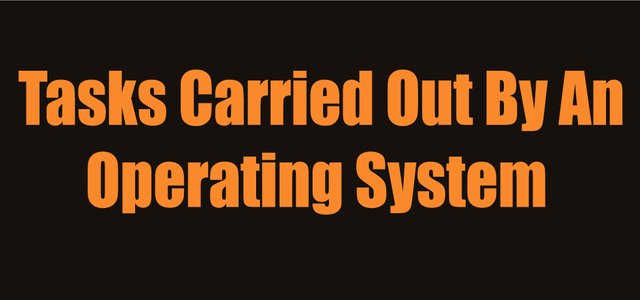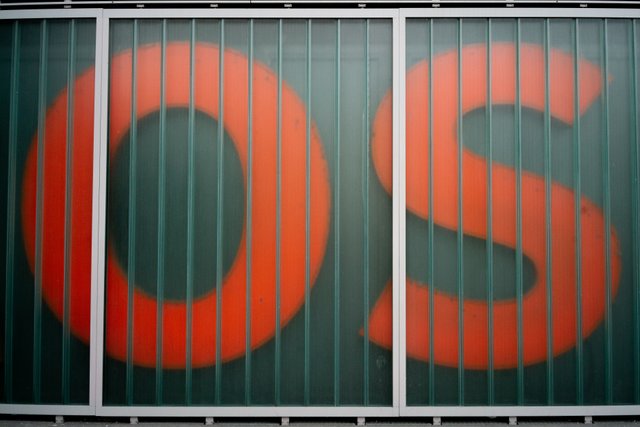Tasks Carried Out By An Operating System || Club5050

Operating system is a software and its use as an interface between user and hardware. As it is works as an interface so it has to do a variety of tasks. Functions of an operating system is very important. Some of its functions are discussed below:
- Processor management
- Device management
- Buffering
- Spooling
- Memory management
- Partitioning
- Virtual memory
- File management
- Security

Processor management
Here we manage the allocation time of CPU for various processes. When a process ends its work and after that for which process CPU will be allocated, or while executing if a process will be preempted or not etc. is defined by an operating system. This task of the operating system is known as processor management. Various types of management of processor are present.
They are:
- FCFS (First come first serve)
- SJF (Shortest job first)
- Round Robin scheduling
- Priority based scheduling (non-preemptive)
Device Management
The operating system communicates with the hardware and other device to maintain balance with the CPU. As CPU is very fast compared to other devices like input or output device. So, if the operating system doesn’t maintain balance with those devices, then there will be a huge time difference between them.
Buffering
Here, input and output data are temporarily stored in input buffer and output buffer. As soon as signal for input or output is send to or from the CPU respectively, then operating system moves the data of input device and output device to input buffer and output buffer.
Spooling
It means simultaneous peripheral operation online. It is a device management technique. This technique is used for processing of different tasks on the same input or output device. When more than one device uses the same resources then it is possible to request the same resource by many users at the same time. So, the operating system temporarily stores those command. User don’t have to wait for the data, instead the operating system sends the data to the resources one after another.
Memory management
Both the I/O devices and CPU interact with the memory while executing a process. After execution, the space will be free for others. This task is done by operating system. Partitioning and virtual memory are two common memory management technique.
Partitioning
In this technique, total memory is divided into partition of same size or different size. This helps to load a number of processes. But fragmentation is a main disadvantage of partitioning.
Virtual memory
This technique allows a user to load a program larger than main memory. This virtual memory is located on secondary memory. It is virtually existing but not physically so that it is called virtual memory.
File management
Managing the files, folders and directory on a computer is done by the operating system and is called as file management. Data on a computer always stored on file. So, it is important to manage file. Operating system keep information about all of them using file allocation table. By using this technique we can easily create, edit, copy, allocate and delete files.
Conclusion
There is more use of operating system. As a result of using operating system, we are using computer more efficiently and effectively. But without OS we have to learn machine language for every different device and it is almost impossible.
Reference
Operating Systems